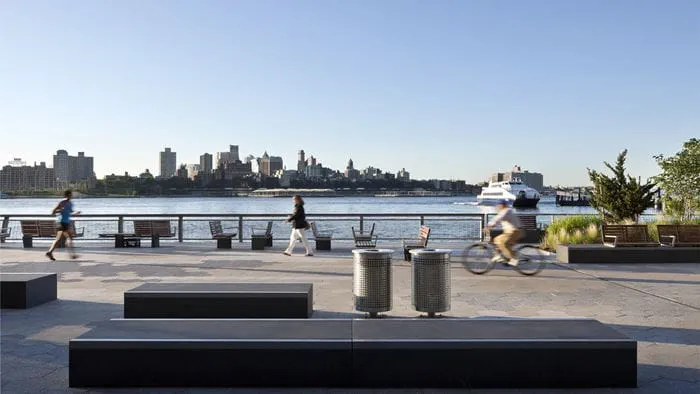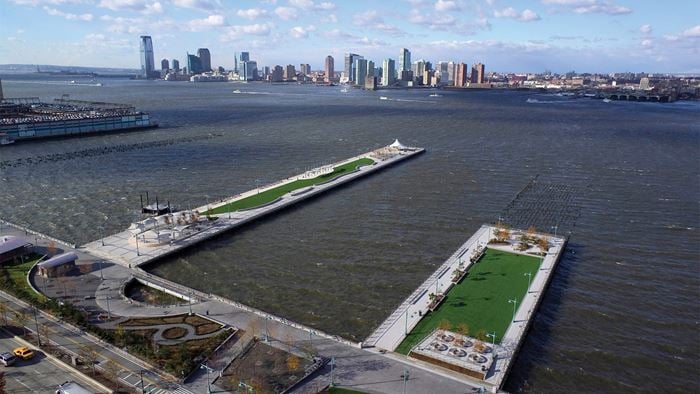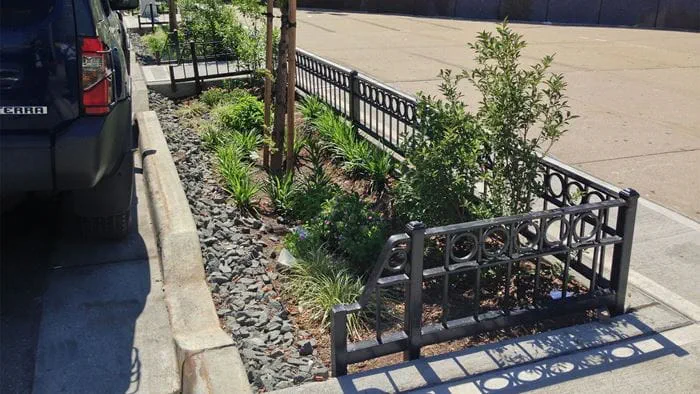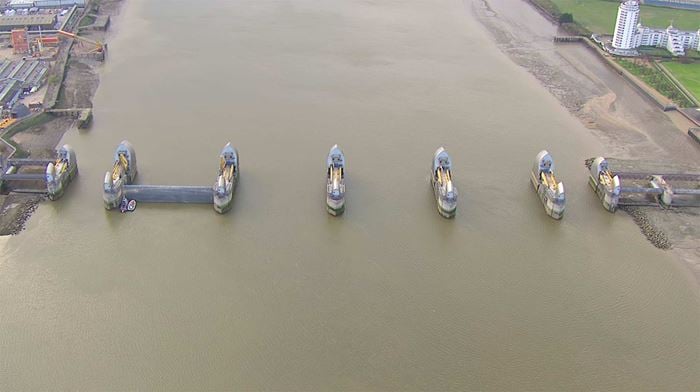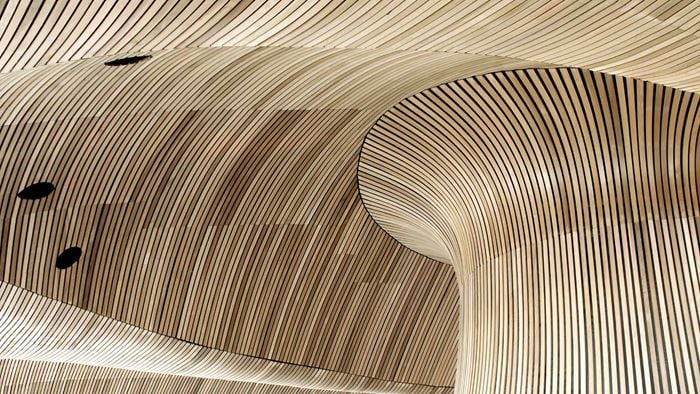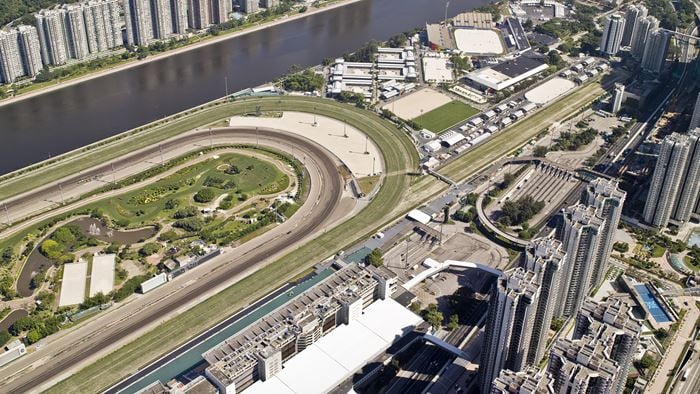Arup led the revitalization of this abandoned industrial area in Long Island City into an 11-acre continuous waterfront park.
Part of the larger redevelopment of the Hunter’s Point area in Long Island City, NY, the 11-acre riverfront park transforms the neighbourhood into a vibrant, sustainable cultural destination for visitors and residents. Phase I of the Hunter’s Point South park opened to the public in 2013 and includes a children’s playground, basketball courts, dog run, multipurpose play field and urban beach. Signature architectural elements include overlooks of the East River and Manhattan skyline featuring large elevated decks, sweeping shade canopies and intimate spaces for retreat. Phase 2 opened in June 2018 and offers a passive public space and opportunities for solitude and quiet moments in an otherwise chaotic city as well as architecturally prominent overlooks and views of the East River and back to Manhattan
Arup’s infrastructure designs included 7,500 feet of sanitary and storm sewers, 3,700 feet of water main, and 4,000 feet of new and reconstructed streets and mark the completion of Phase II.
The entire development is located on the East River waterfront in Queens and will include up to 5,000 new housing units, 60% targeted to middle-income families. The New York City Economic Development Corporation (NYCEDC) is also planning for 100,000ft2 of retail, 50,000ft2 of community space and two schools.
Project Summary
30 acre mixed-use neighborhood
11acres of continuous waterfront park
3,400feet of new and reconstructed streets
Leading sustainable waterfront development
The park has been designed to serve as a prototype for sustainable urban ecology. The design accounts for future flood patterns of the East River with various sustainable features including bioswales, streetside stormwater planters, and the separation of the previously combined storm-sanitary sewer system. The park comfort station, maintenance and office building will be LEED-silver certified and include photovoltaic power systems.
“It is a great honor to work on a project like this for the people of New York and specifically for the Hunter’s Point neighbourhood. Reforming disused areas of our densely populated city is an incredibly important part of our social responsibility as designers in New York, and the new Hunter’s Point development provided the perfect opportunity to allow people to explore and enjoy the city’s waterfront. ”
Tom Kennedy Principal, Americas East Aviation Leader
Challenging geotechnical conditions
Located on reclaimed land in riverside marshes over a century and a half of industrial and transportation development, the Hunter’s Point South project area posed a number of geotechnical challenges. In addition to the variable and, in places, loosely compacted manmade fill, the site was underlain by soft organic silts that are highly compressible and variable in thickness. Additionally, shallow transportation tunnels reduced the options for structural support of new infrastructure.
To mitigate post-construction settlement of new constructed roadways and sewers, the ground was surcharged to reduce the compressibility characteristics of the soft silts. Lightweight backfills were also used in places where pile supports of the sewers was prohibited due to the presence of the tunnels.
Public and agency coordination
Construction of public works in New York City requires regulatory review by a number of agencies and commissions. Hunter’s Point South required reviews by New York City’s Departments of Environmental Protection, Transportation, City Planning, and Parks and Recreation, in addition to the city’s Fire Department, Metropolitan Transportation Agency, Public Design Commission and the New York State Department of Environmental Conservation.
Adding to the mix, Arup’s work occurred in coordination with the construction of a new school by the city’s School Construction Authority and the development of new mixed-use towers by the Department of Housing Preservation and Development. Altogether, over 70 independent parties were consulted or coordinated with through the design stage.
The final result achieves a new vision for New York’s abandoned industrial waterfronts and serves a model for future sustainable design.
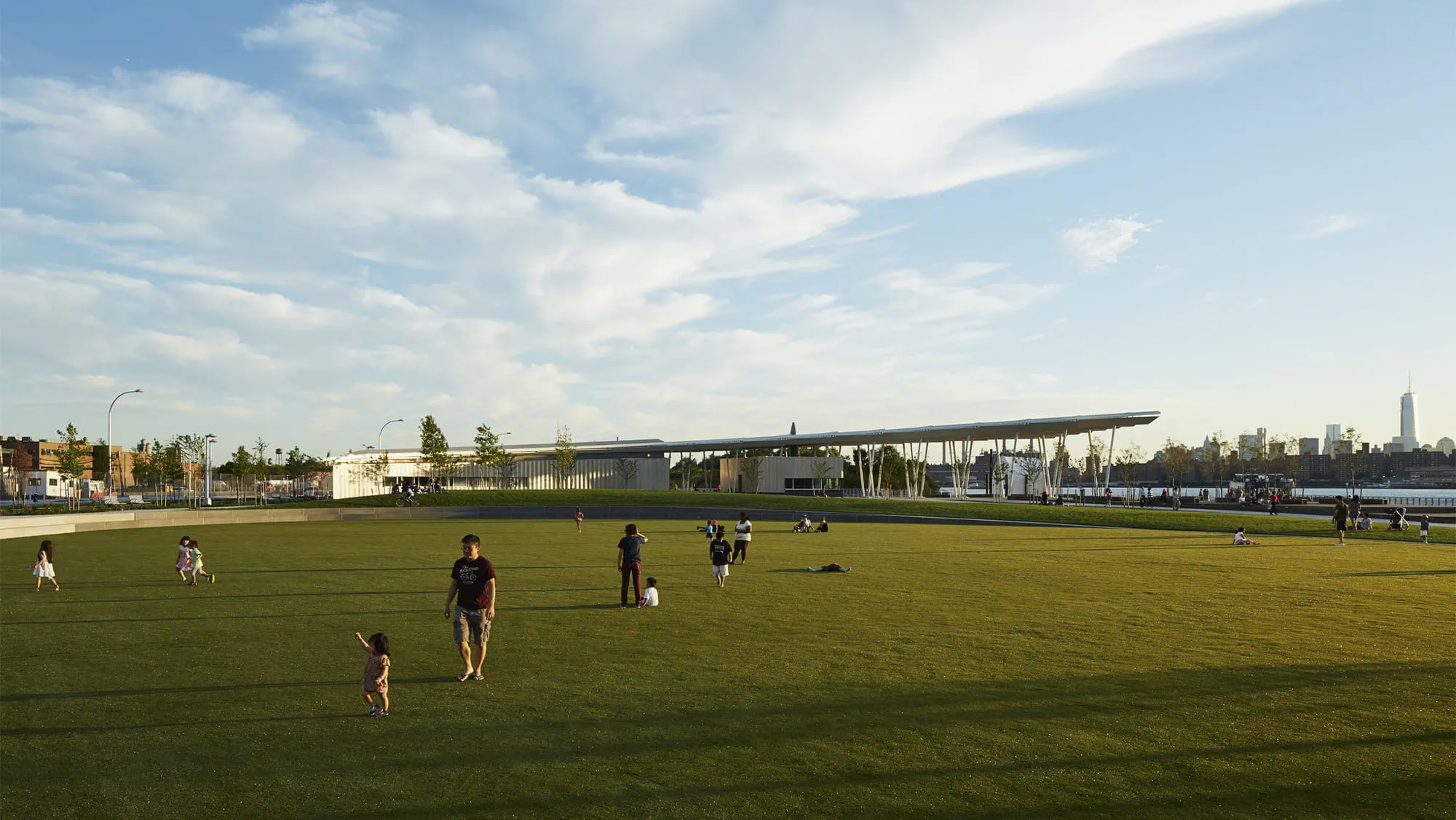 ;
;






